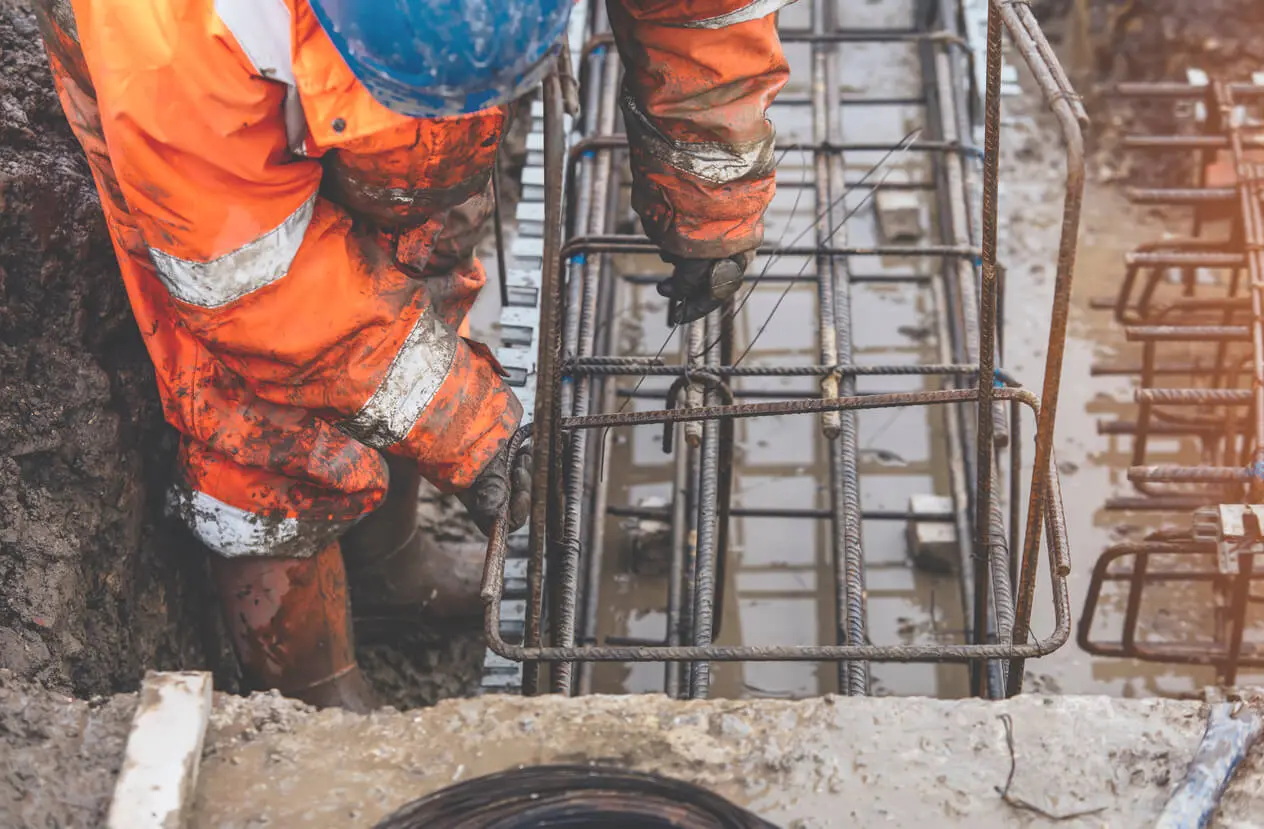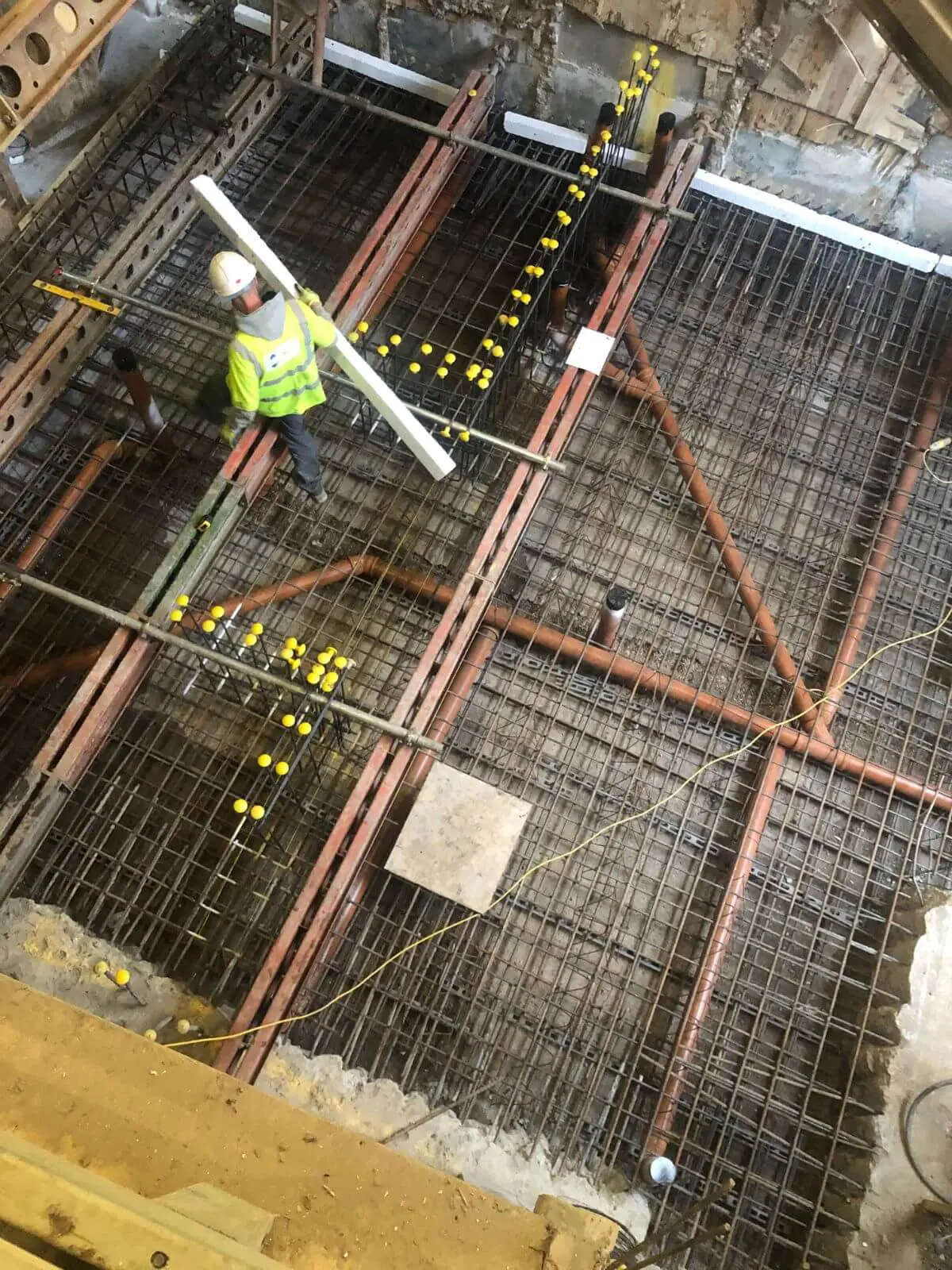
Waterproofing Your Basement: Essential Steps to Take Before Starting the Build
Building a basement is a significant investment and ensuring that it remains dry and protected...
Basement construction in Central London is both challenging and rewarding. Expanding your living space or adding value to your property with a well-built basement can completely transform your home. However, when extending or developing a basement in London, one important aspect that often goes unnoticed is basement underpinning.
Underpinning is essential for strengthening and supporting existing structures during the construction of a basement. In areas like Central London, where buildings often sit side-by-side, structural stability is vital for both the safety of the property and neighbouring homes.
In London, most buildings are old and were constructed with traditional methods that do not always accommodate modern extensions. Basement underpinning helps address this by adding stability to the foundations of existing structures, allowing for deeper excavation without compromising safety.
Underpinning involves reinforcing the existing foundations so that they can bear the increased load caused by basement construction. This is particularly important for London basements, where excavation can have a direct impact on the stability of the building and neighbouring properties. By underpinning, you ensure that the foundation of the building remains strong, even with significant excavation below it.
Different methods of basement underpinning can be used depending on the specific requirements of the property. For London properties, where access is often restricted and buildings may be tightly packed, certain techniques are particularly suitable:
Mass Concrete Underpinning: This traditional method involves digging beneath the existing foundation in stages and pouring concrete to extend the foundation deeper. It is often used for older buildings in London because of its simplicity and effectiveness in restricted spaces.
Beam and Base Underpinning: This method uses reinforced concrete beams to transfer the weight of the structure to more stable areas. It is effective for properties that require more significant load distribution, and it works well in Central London where buildings often share party walls.
Mini-Piled Underpinning: In areas where the ground conditions are poor or where deeper foundations are required, mini-piles can be used to support the existing structure. This is particularly useful in London, where clay soil or other challenging ground conditions can make standard underpinning methods less effective.
Each of these techniques has its benefits, and the choice will depend on factors such as soil conditions, building age, and the depth of excavation required. For any London basement project, consulting with structural engineers is crucial to determine the appropriate underpinning method.
The benefits of basement underpinning extend beyond just supporting a building during construction. It provides long-term stability and safety, which is especially important for Central London properties where building regulations are strict and space is at a premium.
Whether you’re planning to add a new living area, a gym, or a home cinema, basement underpinning is key to the success of your project. By providing the necessary support to existing foundations, it ensures that your London basement is safe, stable, and built to last.
Underpinning is not just about adding support during the construction phase; it is about laying a solid foundation for the future. A properly underpinned basement offers the peace of mind that comes with knowing your property is structurally sound and built to the highest standards.
At BH Basements, we specialise in basement underpinning and construction for Central London properties. With our expertise, we can help you navigate the complexities of underpinning, ensuring that your project is completed safely and to the highest standards. Contact us today to discuss how we can support your next basement project.
For further information about BH Basements, please do not hesitate to get in touch. We are always happy to help.
For more captivating insights and expert advice, delve into BH Basements’ diverse range of blog articles.

Building a basement is a significant investment and ensuring that it remains dry and protected...

RC Framework How Reinforced Concrete Slabs Strengthen Your Commercial Basement’s Foundation Wed, 22 Jan 2025...

Building a basement, especially in a city like London, comes with it's own complications.